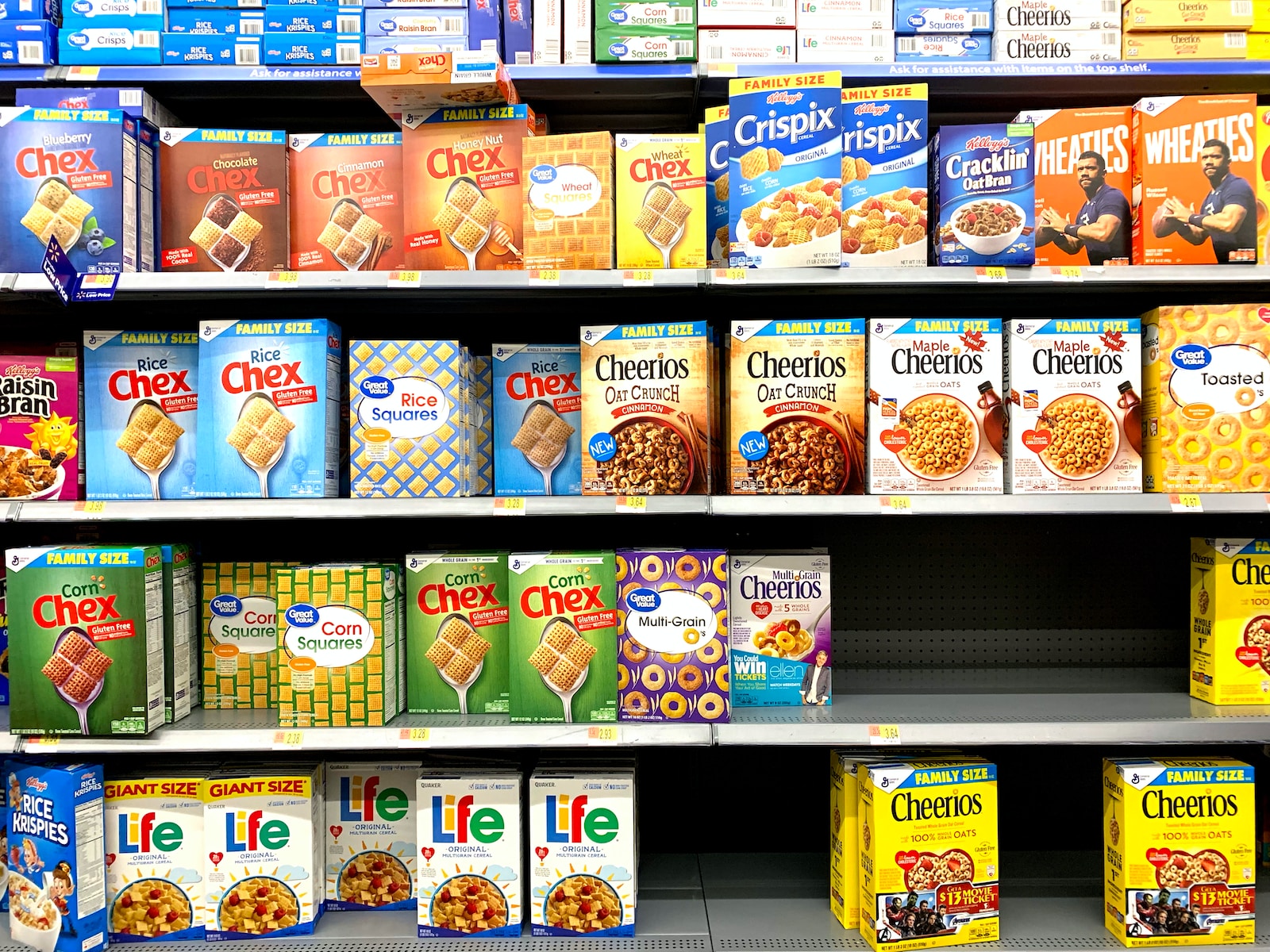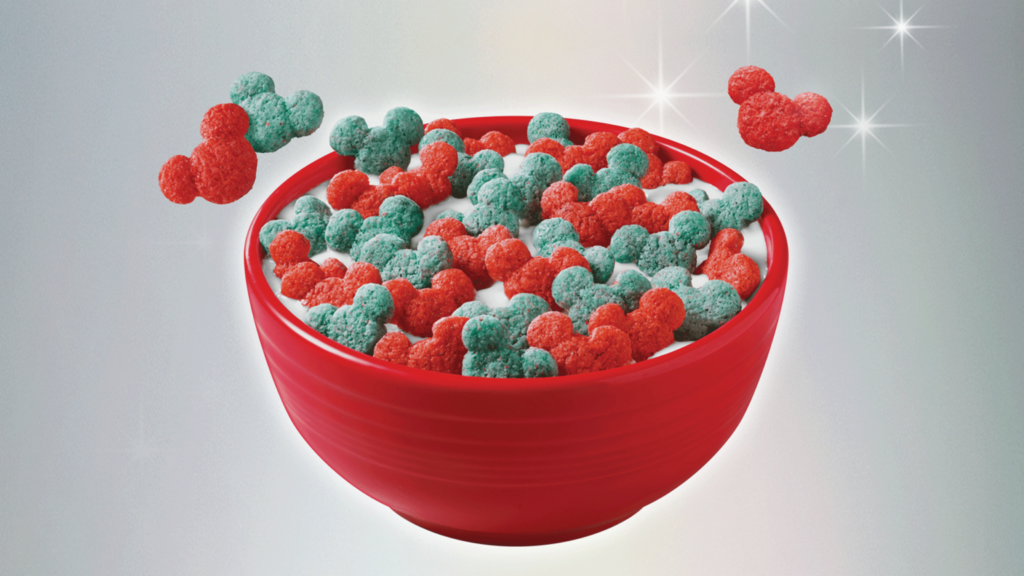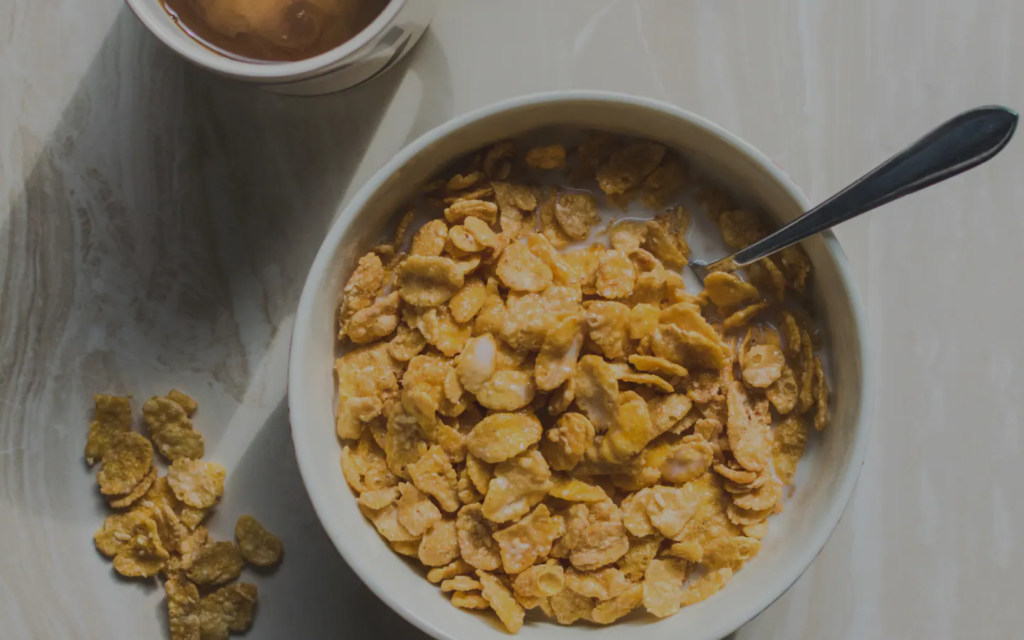
For decades, cereal has been a staple in American households, gracing our breakfast bowls and providing us with a quick and convenient start to the day. However, the story of cereal is much more than just a morning routine. It is a tale of innovation, marketing, health trends, and the ever-changing preferences of consumers. In this blog, we will explore the fascinating history of American cereal, from its humble beginnings as a health food to its evolution into a sugary delight.
The Birth of Cereal
Before cereal became a household name, it was primarily seen as a fringe health food that few would dare to eat. The initial intention behind cereal was to promote a higher fiber intake among the population. However, the allure of sugar and the power of marketing to children quickly transformed cereal into a commercial success.
The Post-War Boom
The post-World War II era brought about significant changes in American society, including the rise of convenience and the nine-to-five workday. With more women joining the workforce and families becoming larger due to the baby boom, breakfast became a time of crunch for many households. Cereal emerged as the perfect solution – quick, easy to prepare, and appealing to both children and adults.
Marketing to Children
One of the driving forces behind the popularity of cereal was the targeted marketing campaigns aimed at children. Brands like Kellogg’s and General Mills created elaborate cartoon commercials, complete with character arcs and storylines, turning cereal commercials into mini television shows for kids. The placement of cereal boxes on lower shelves, strategically designed to make eye contact with young shoppers, further enhanced the appeal of these sugary delights.

The Rise of Sugar
From the 1940s to the 1970s, sugary cereal flavors designed to appeal to children flooded the market. Brands like Frosted Flakes, Froot Loops, and Lucky Charms became the go-to choices for kids, with their colorful packaging and enticing prizes inside the boxes. The cereal industry experienced unprecedented growth, with Americans consuming billions of packages of cereal each year and using hundreds of millions of pounds of sugar in the process.
The Health Consciousness Movement
In the early 2000s, a rise in health consciousness began to challenge the dominance of sugary cereal. Millennials, who had grown up on colorful, sugar-laden cereals, started seeking healthier alternatives. This shift in consumer preferences led to the emergence of natural and organic cereals, with brands like Kashi and Cheerios leading the way.
The Battle for Healthiness
As health-consciousness grew, the industry responded by emphasizing terms like fortified, high in fiber and protein, and low sugar. However, debates over what constitutes a healthy cereal continue to this day. Some argue that a cereal’s protein content alone does not make it healthy, as the recommended daily protein intake far exceeds what one bowl of cereal can provide.

The Nostalgic Revival
Despite the decline in consumption, nostalgia has driven a resurgence in the industry. Brands like Magic Spoon have capitalized on millennials’ desire to relive their childhoods, offering cereal that is high in protein, gluten-free, grain-free, and sugar-free. However, the health claims of these cereals are not without controversy, as their main sweetener, allulose, is not approved for consumption in some countries.
The Future
While it may no longer be the breakfast of choice for many, its place in American culture remains significant. The story of cereal is one of adaptation, innovation, and changing consumer preferences. As we move forward, it is likely that cereal will continue to evolve to meet the demands of health-conscious consumers while still satisfying our nostalgic cravings.

Conclusion
The history of American cereal is a testament to the power of marketing, the influence of changing societal dynamics, and the complexity of consumer preferences. From its origins as a health food to its transformation into a sugary delight, cereal has played a unique role in our breakfast routines. As we navigate the ever-changing landscape of health trends and consumer demands, one thing remains clear – it will always hold a special place in our hearts and our breakfast bowls.
For more related topics, read our article about health supplements.
Key Takeaways
1. Breakfast Revolution: The popularity of a convenient morning meal soared during the post-World War II era as households sought quick and easy options to accommodate the changing dynamics of working parents and larger families.
2. Kid-Focused Marketing: The success of breakfast options can be attributed to targeted advertising campaigns tailored specifically to children. Brands employed captivating cartoon commercials and strategically positioned their products at eye-level on store shelves to captivate young shoppers, often including enticing prizes.
3. Health-Conscious Shift: As health consciousness grew in the early 2000s, consumers, particularly Millennials, gravitated towards healthier breakfast alternatives. Natural and organic options gained traction, with brands emphasizing fortification, high fiber and protein content, and reduced sugar levels to meet evolving consumer demands.
4. Nostalgia and Resurgence: Nostalgia played a significant role in reviving interest in breakfast options. Brands tapped into millennials’ yearning for childhood memories by offering protein-rich, gluten-free, grain-free, and sugar-free breakfast choices. However, concerns arose regarding the health claims of these products, particularly regarding the use of allulose as a sweetener.
